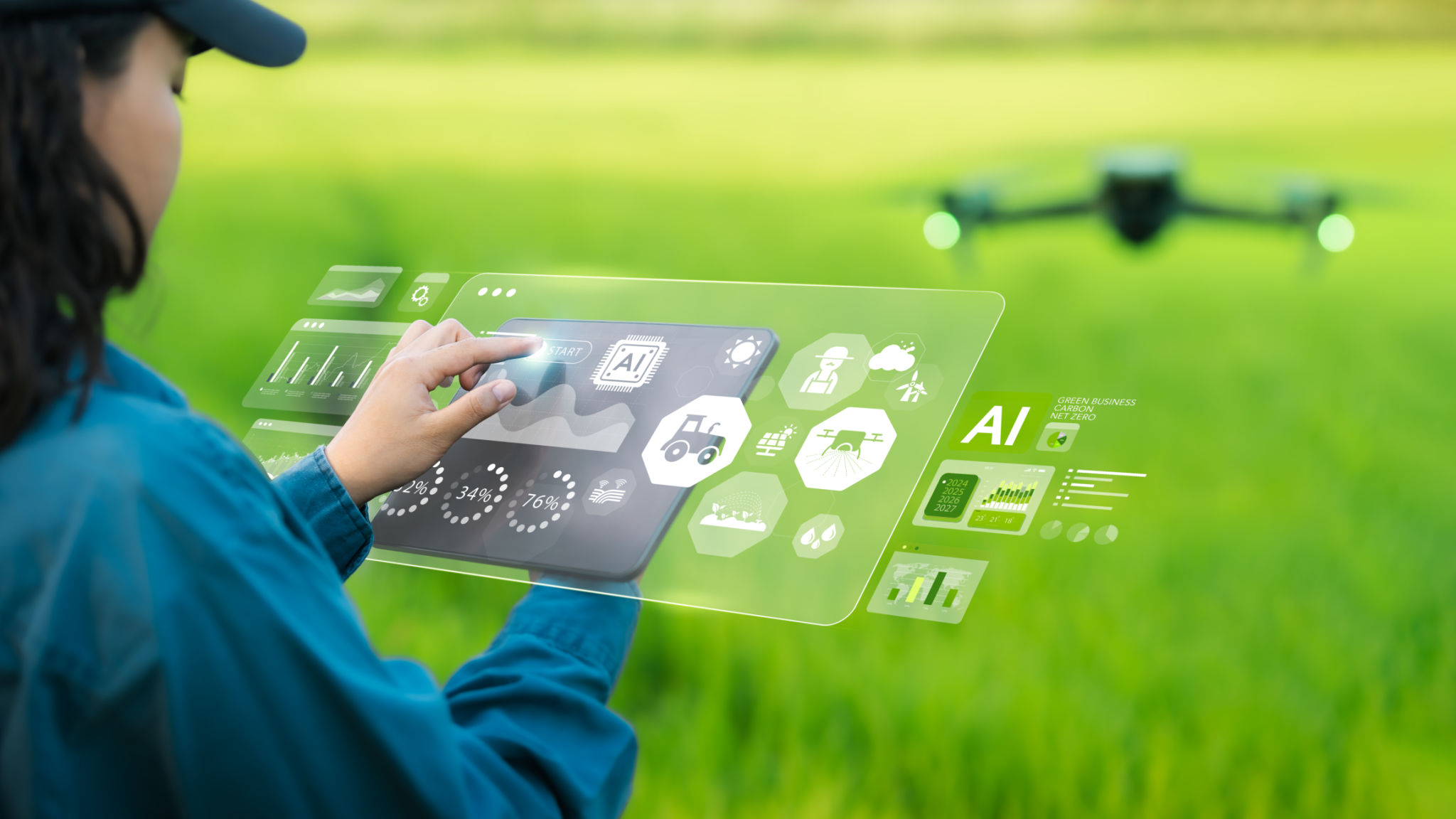Emerging OSHE Technologies in the Georgian Market: A Look into the Future
Introduction to OSHE Technologies
Occupational Safety, Health, and Environment (OSHE) technologies are rapidly evolving, providing businesses with advanced solutions to ensure workplace safety and environmental compliance. These technologies are transforming how companies in the Georgian market approach safety management, offering innovative tools for risk assessment and mitigation.

Smart Wearables: A New Frontier
One of the most exciting developments in OSHE technology is the introduction of smart wearables. These devices, which can be worn by employees, monitor various health metrics such as heart rate, temperature, and exposure to hazardous substances. By providing real-time data, smart wearables enable companies to respond swiftly to potential health threats.
In Georgia, industries such as construction and manufacturing are beginning to adopt these technologies to enhance worker safety. The data collected not only improves immediate response but also helps in long-term health monitoring and trend analysis.
IoT Integration in Safety Management
The Internet of Things (IoT) is playing a crucial role in the OSHE landscape by connecting safety equipment and systems to a central network. This integration allows for continuous monitoring of environmental conditions and equipment status, ensuring that any deviations are quickly addressed.

Virtual Reality Training
Virtual Reality (VR) is revolutionizing training programs in the OSHE sector. VR provides immersive simulations that help workers understand the complexities of their tasks in a risk-free environment. This method is particularly beneficial for high-risk industries, where traditional training methods may fall short.
In Georgia, companies are beginning to recognize the value of VR in reducing training costs and improving safety outcomes. By simulating real-world scenarios, VR helps employees build confidence and competence in handling hazardous situations.
Drones for Environmental Monitoring
Drones are becoming an integral part of environmental monitoring strategies. Equipped with advanced sensors, drones can survey large areas quickly and efficiently, capturing data that is crucial for environmental assessments. This technology is especially useful in sectors like agriculture and mining.

In the Georgian market, the use of drones is gaining popularity due to their ability to provide accurate data while minimizing human intervention. This not only reduces the risk to personnel but also enhances the precision of environmental evaluations.
The Role of AI in Risk Assessment
Artificial Intelligence (AI) is transforming risk assessment processes with its ability to analyze vast amounts of data swiftly. AI algorithms can identify patterns and predict potential risks, allowing companies to implement proactive measures effectively.
In Georgia, businesses are beginning to leverage AI for predictive analytics, enhancing their capacity to foresee potential hazards and mitigate them before they escalate. This technological advancement is proving invaluable in creating more resilient safety frameworks.
Challenges and Opportunities
While the adoption of these emerging OSHE technologies presents numerous opportunities, it also poses certain challenges. The initial investment costs and the need for specialized training can be significant hurdles for some businesses.

However, as more companies in Georgia recognize the long-term benefits of these technologies in improving safety and compliance, the market is expected to grow. The ongoing collaboration between technology providers and industries will be crucial in overcoming these barriers and driving innovation.
